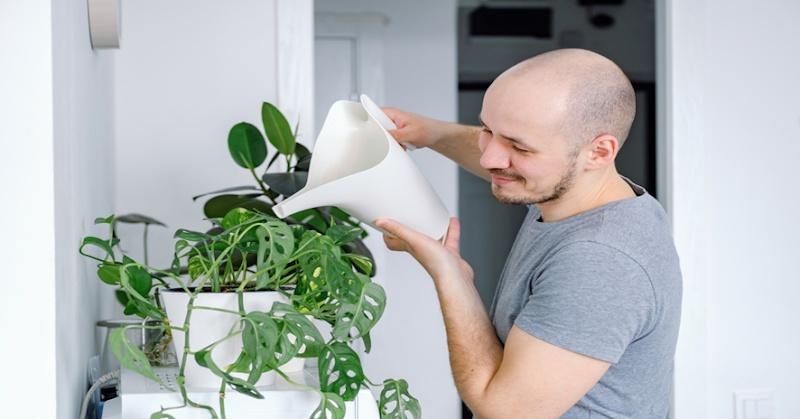Indoor gardening is a rewarding and enjoyable hobby, but it comes with its fair share of challenges. Successfully growing plants indoors requires careful attention to various factors, and even experienced gardeners may encounter obstacles along the way.
Lack of Space
Indoor gardening in small living spaces can be challenging, especially if you have a growing collection of plants. Opt for compact or space-saving plant varieties, use vertical gardening solutions like wall-mounted shelves or hanging planters, and rotate plants outdoors periodically to provide them with additional sunlight. Check out grow kits with a 15% discount for a great way to save space and grow indoors.
Limited Sunlight
One of the most significant challenges of indoor gardening is the limited availability of natural sunlight, especially in spaces with small or few windows. Insufficient light can lead to weak and leggy plants with poor growth. Choose plants that can tolerate low-light conditions, such as pathos, snake plants, or peace lily. Alternatively, invest in grow lights specifically designed for indoor plants to supplement natural light. LED grow lights are energy-efficient and provide the right light spectrum for plant growth.
Overwatering or Underwatering
Finding the right balance of watering can be challenging, as indoor plants are susceptible to both overwatering and underwatering. Overwatering can lead to root rot, while underwatering can cause wilting and stress. Monitor the moisture level of the soil and water only when the top inch feels slightly dry. Use the right potting mix and add drainage holes to pots that don’t have them prevent waterlogged soil.
Humidity Levels
Indoor environments often have lower humidity levels, especially during the winter when heating systems are in use. Some plants, especially tropical ones, require higher humidity to thrive. Increase humidity levels around plants by misting them regularly or placing a tray of water near the plants to evaporate and add moisture to the air. Grouping plants together can also create a microclimate with higher humidity.
Soil Quality
Indoor plants rely on the potting mix for nutrients and support, making soil quality crucial for their health and growth. Choose a quality potting mix suitable for the specific needs of your plants. Consider using specialized mixes for succulents, cacti, or orchids to meet their unique requirements.
Plant Selection
Selecting the right plants for indoor gardening can be challenging, as not all plants thrive in indoor conditions. Research and choose plants that are well-suited for indoor environments, considering factors like light requirements, humidity tolerance, and space constraints. opt for low-maintenance plants if you’re a beginner or have limited time for plant care.
Plant Repotting
As indoor plants grow, they may outgrow their pots and need to be repotted, which can be a delicate process. Choose the right time to repot, typically during the plant’s active growth period. Gently remove the plant from its current pot, tease out the roots, and place it in a slightly larger pot with fresh potting mix.
Nutrient Deficiencies
Indoor plants rely on the nutrients present in the potting mix, which can become depleted over time. Fertilize plants regularly with a balanced liquid fertilizer or slow-release granules, following the manufacturer’s instructions. Avoid over-fertilizing, as it can lead to nutrient imbalances and damage plants.
Indoor gardening comes with its fair share of challenges, but these challenges can be overcome. Embrace the learning process, be observant of your plant’s health, and enjoy the rewarding experience of nurturing plants indoors.

